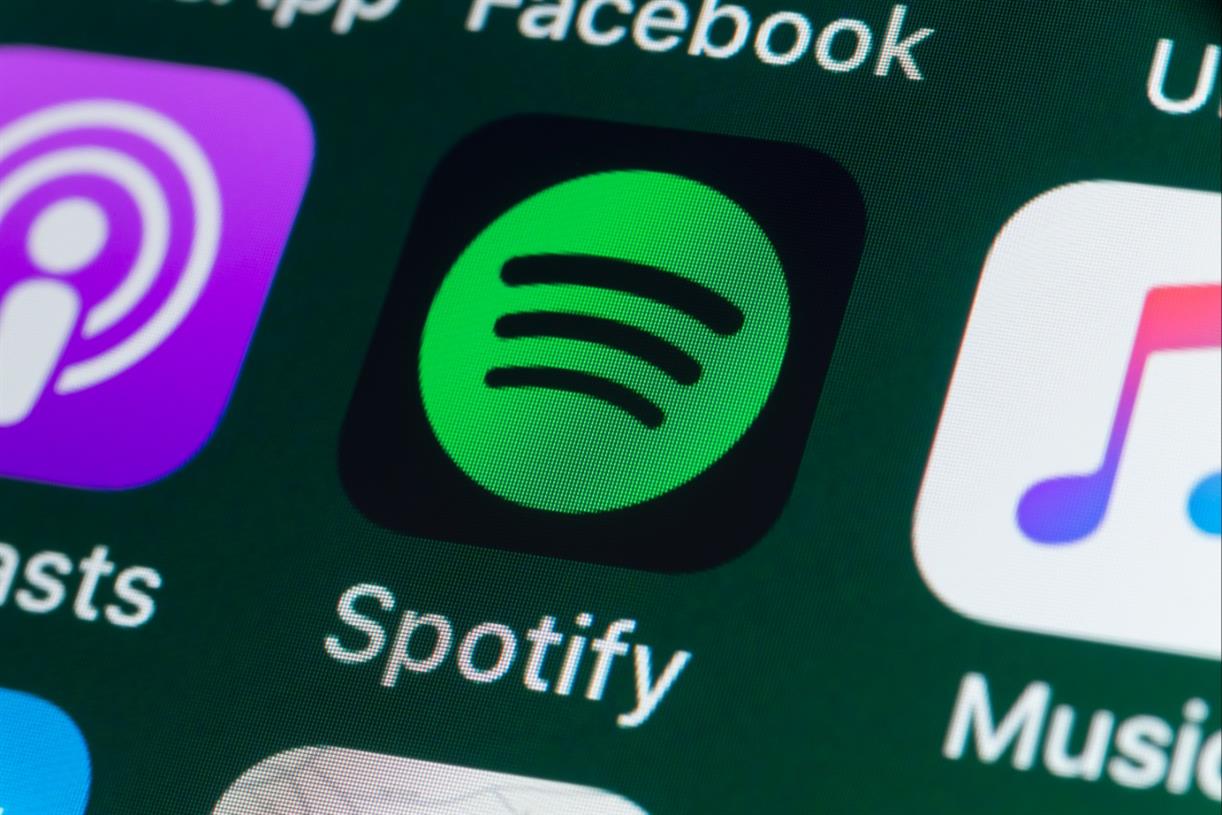10 Statistics that Prove the Demand for Voice Over is Rising
Many credit Disney animation with starting voice overs, but this type of audio technique actually began in 1900 when Reginald Fessenden reported about the weather. Since then, voice over work has dominated the film industry, with the need for...
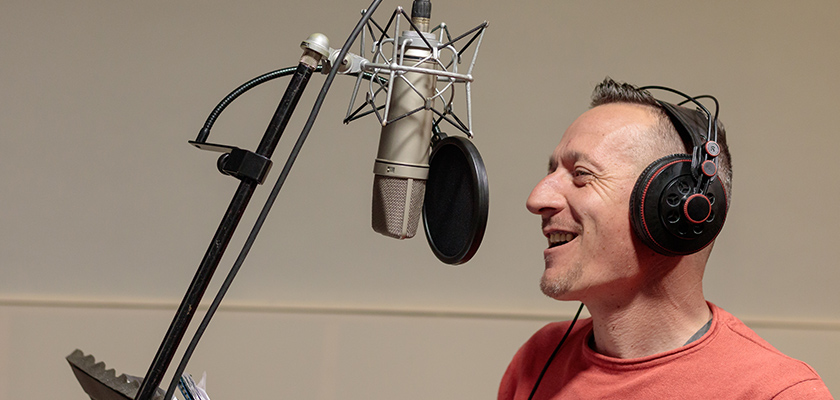
Many credit Disney animation with starting voice overs, but this type of audio technique actually began in 1900 when Reginald Fessenden reported about the weather.
Since then, voice over work has dominated the film industry, with the need for voice talent in the entertainment industry being obvious. But voice work has also become an increasingly popular technique for advertising and marketing across a multitude of other industries, offering content creators and marketers an outlet to deliver their message to consumers without relying solely on visuals.
A large portion of those who work in the voice over industry does so as freelancers, offering their skills and expertise for hire on a per-project or by-the-hour basis. The benefits of hiring professional freelancers are clear, as businesses begin to experiment with new types of advertising and media and explore the unique opportunities afforded by audio mediums.
Whether the need is to create audiobooks, TV commercials, radio ads, video games, and everything in between, the need for voice talent is growing. The 10 stats below will prove it.
1. Animated videos make up 33% of business advertising
According to a 2022 report by Wyzowl, as many as 86% of businesses use video as a marketing tool. A further 33% of these companies use animated videos.
If you have the budget to create a branded animated character, such as the Geico lizard, you may stand a better chance of resonating with your audience for years to come. The Geico mascot keeps people informed about car insurance, but in the digital age, that’s no longer limited to TV commercials or radio ads. Such dynamic animated characters can go beyond TV and radio to represent the company with videos on Instagram, TikTok, brand websites, and the like.
Now think back to your childhood for a minute. Is there a particular character or voice that you can remember, even now? Tony the Tiger of frosted flakes fame? How about the Trix rabbit? Since cereals are often geared toward children, the branded characters that represent them have to be larger than life to be truly memorable, and those memories last well into adulthood.
2. National radio revenues forecast to have a 6% to 8% increase
With all of our high-tech streaming, the benefits of radio may slip under our radar. According to Mark Gray, CEO of Katz Media Group, every quarter on the radio has grown since the pandemic began in early 2020. When asked about the growth of radio profits, Gray projected political radio could see $300 million in revenue.
On top of Gray’s predictions, MAGNA predicts radio ad spending will go up 6%, and Chief Economist Mark Fratrik thinks AM/FM ad revenue will see 8% growth. In real time, radio ad revenue is already up 4.7 % compared to a year ago in Australia.
3. There are about 31 billion IoT devices in homes around the world
It’s common for one person to have more than one digital smart device. In 2020, there were as many as 10 devices per household!
So what does this mean for you?
Businesses have the advantage of using several ways to connect the brand with cross-channel ads. You can take the same engaging voice over content and tailor it for slightly different ads that fit social media, TV, radio, mobile, and so on. This approach allows you to spread your consistent brand message to your customers via multiple platforms and across all their devices.
4. Audiobooks will hit $19.4 billion in 2027
What about the world of audiobooks? The demand for audiobooks has dramatically increased since the iPod came to light.
According to a recent report on Statista, US audiobook sales were $1.3 billion in 2020 and 138 million audiobooks were borrowed from schools and libraries all over the world between 2017 and 2021. The industry is so hot, some voice actors specialize exclusively in audiobooks.
With a projection of $19.39 billion in revenue from audiobooks, there is room for plenty of voice talent. After all, there are only so many celebrities that can read audiobooks!
5. Voice assistant growth will reach $3.42 billion in 2022
Artificial Intelligence is steadily making its mark in the voice world. Voice-based AI assistants, such as Apple’s Siri, Amazon’s Alexa, and others, are the norm for making contactless commands. As such, marketers are increasingly turning to these digital voice overs as a way to introduce their products or services in a more humanistic tone.
By 2026, the industry should reach $10 billion. While people may expect an AI voice to sound robotic, there is room for human voice talent in this sector. People don’t always want to interact with a synthetic voice. As SMART assistants advance, using human voices through voice talent will help make people feel at ease.
In other words, marketers should be paying attention to the need for digital voice overs now, not later. It’s more than a trend—they’re an essential part of any business plan moving forward.
6. Audio advertising is expected to increase 6.4% in 2022
In the United States, 90% of people listen to radio daily while over one-third are consuming podcasts. That’s a massive audience tuning into audio content, and that means plenty of opportunities for audio ads.
In fact, audio ads saw a massive uptick in 2021, with the trend set to continue through 2022. The United States saw a 25% increase to the tune of $16 billion through 2021, thanks in no small part to digital audio and podcasts.
As more people turn to podcasts and digital music platforms, the door for businesses to get their audio ad campaigns in front of listeners is wide open. Given that 81% of listeners take action based on audio ads during a podcast, it’s just one more opportunity to showcase your brand’s message.
7. Podcasts will have 424.2 million listeners in 2022
According to Insider Intelligence, the podcast industry will reach $94.88 billion by 2028.
Podcasting took a while to gain steam but has skyrocketed in popularity within the last few years. Now there are over 1.75 million active podcasts in over 100 languages.
This medium has continued to advance in content and quality, and there’s a need for audio advertising to match. In addition to being young, listeners are also educated and affluent. A podcast audience is 45% more likely to have more than $250,000 in income.
Approximately 82.4% of podcast listeners tune in for over seven hours of content per week. That’s impressive on its own, but consider that there are 28.2 million podcast listeners on Spotify and 28 million more using Apple. That’s a lot of untapped potential and expendable income waiting to hear your brand’s audio ads.
Aside from advertising during a podcast, it makes sense for some companies to create original content to spread their messages. Why not get a piece of the podcast pie? There’s a range of voices out there ready to lend their voices to you in this growing market.
8. 75% of remote workers listen to radio while working
Remote workers tune into the radio at least once per week, and according to Neilsen, about 40% of them listen every day. That’s an unbelievably high percentage of listeners dedicated to one media platform.
Following the global pandemic, many companies found that productivity stayed the same or increased with remote work, so they plan to keep it that way. Some companies have pledged to embrace remote work or at least hybrid work options through 2022 and beyond, meaning a plethora of opportunities to reach millions with radio ads await the savvy marketer who is ready to embrace audio as a crucial part of advertising.
9. Explainer videos can increase revenue by 80%
Pairing valuable content with imagery makes explainer videos a no-brainer for most business models. It’s the most common type of video overall and acts as a method of educating customers about a product, service, or company. Explainer videos pair creativity with brand authenticity to establish trustworthiness and authority within your industry.
Instead of having a dry set of instructional manuals on a website, these videos combine graphics and an informative voice to explain complex topics. As a result, viewers walk away remembering at least 65% of the message from these videos.
On the flip side, these same customers only retain 10% of the information from text ads. The best way for these videos to be engaging is to make sure your brand and company voice shine through. What better to do so than with a strong brand voice?
10. Voice actor job growth expected to rise up to 15%
Have you ever listened to an audio clip and thought that the voice didn’t quite match the content? Or have you ever heard the same voice on back-to-back ads for completely different products?
Maybe the advertiser chose the wrong voice actor or maybe they didn’t have enough options. Either way, the ad probably didn’t hit the mark with the target audience. This is the same issue faced when using AI or synthetic voices—since these voices are created based on human voices and draw from the same pools of data, they often sound quite similar and are limited in their diversity. More variety and more talent is the solution.
42% of small businesses in the US and 33% of Fortune 500 companies are already turning to freelance marketplaces to outsource their work, including voice over. In 2021, Voices saw an increase of 245% in talent sign-ups, meaning the supply is rising to meet the ever-increasing demand. That means more talent to choose from, and an opportunity to find a voice that’s authentic to your brand.
In fact, the same Voices.com study revealed that 31% of brands are hiring freelancers, like voice actors, in 2022 at least once per week! That’s an increase of 13% over 2021, meaning voice actor job growth continues to rise.
Why The Growth of Voice Over Matters
The data doesn’t lie. Audio-based content is growing exponentially, and now is the perfect time to invest in this dynamic style of marketing and production. It’s time to connect with consumers in a way that feels — and sounds — authentic through the use of a curated, just-for-you brand voice to round out your marketing strategy in 2022.

 Kass
Kass 







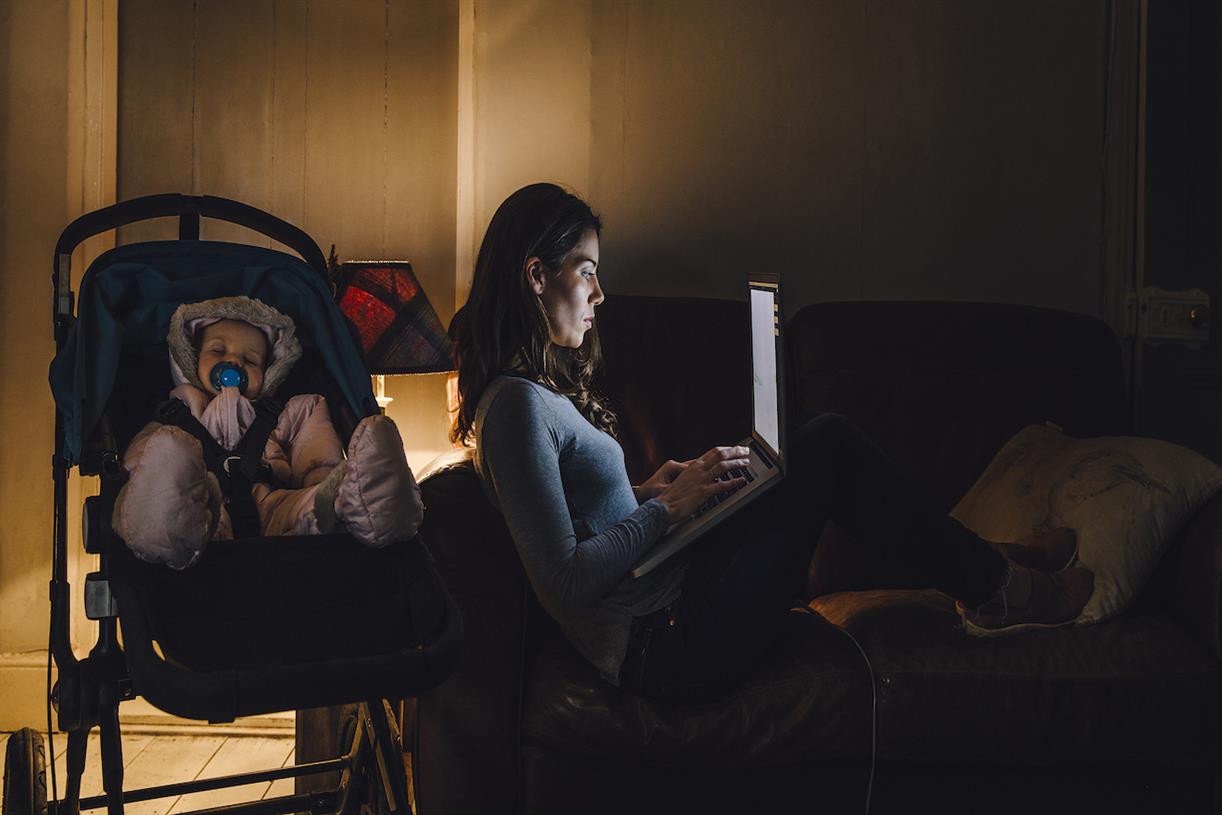
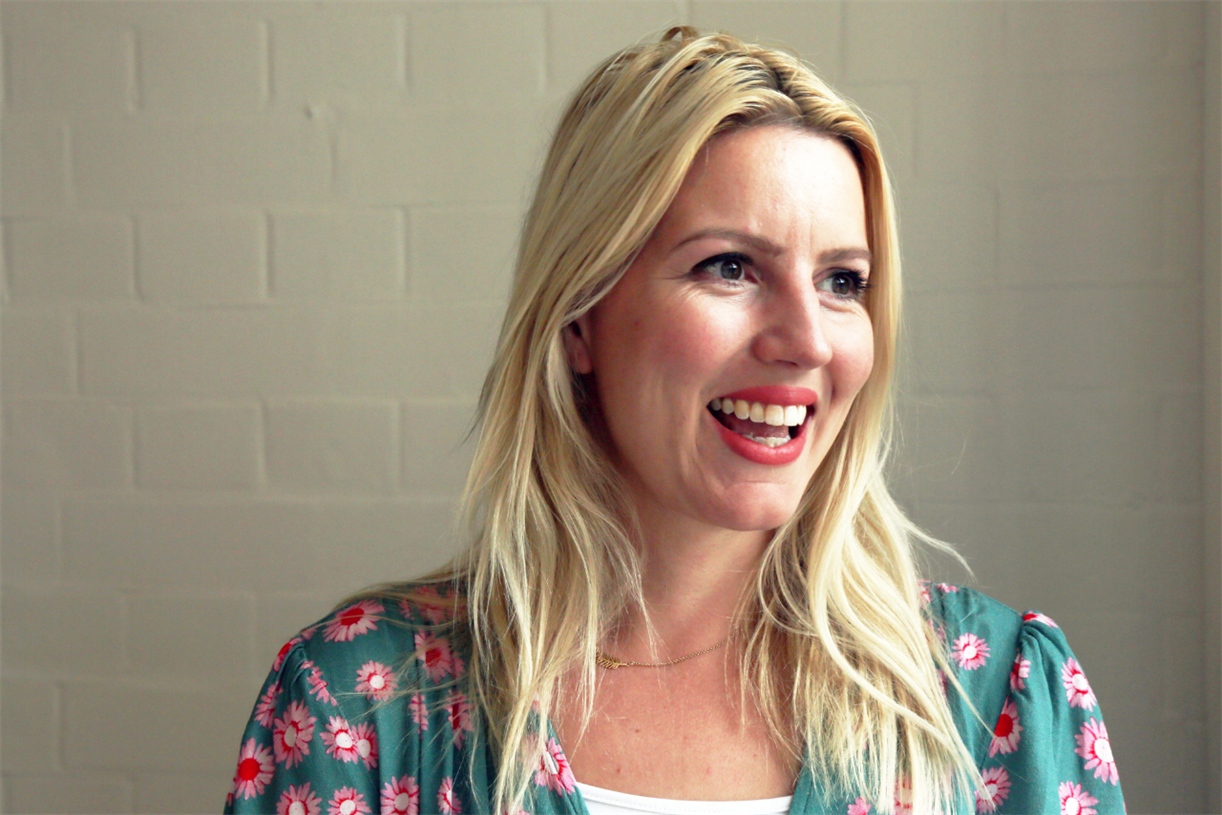

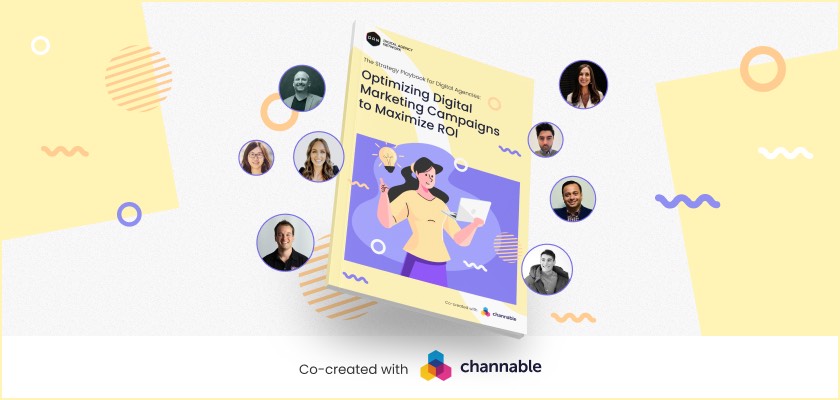
_4.jpg)

















